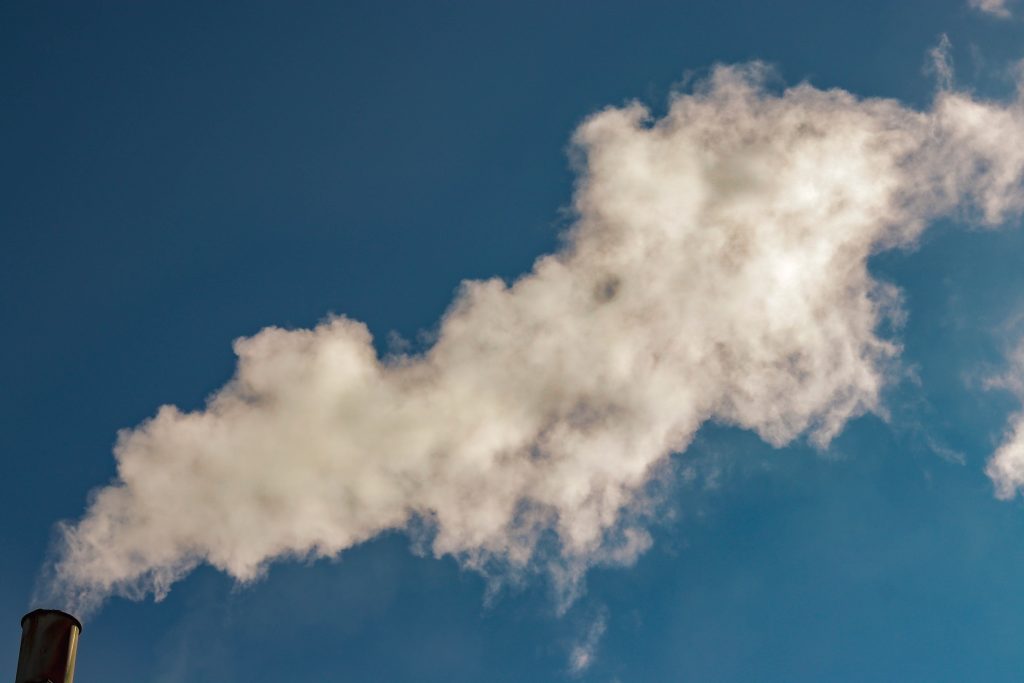
Microplastics in the Sky: The Hidden Climate Change Catalyst
As humanity grapples with the overwhelming impacts of plastic pollution on marine and terrestrial ecosystems, a new revelation threatens to cloud our understanding of the scope of the problem — literally. A groundbreaking study has detected microplastics within clouds, suggesting potential ramifications for the global climate system.
Plastic Peaks: The Mount Fuji Discovery
Scientists, in a recent exploration around Mount Fuji and Mount Ōyama in Japan, unveiled a disconcerting truth: the presence of minuscule plastic particles in cloud water. This discovery, documented in the esteemed journal Environmental Chemical Letters, further underscores the invasive nature of plastic pollution, reaching even the most remote and pristine parts of our world.
Zooming in on Microplastics
Microplastics, by definition, are tiny fragments of plastic, often less than 5mm in size, akin to a sesame seed. Disturbingly, these particles have been identified in remote corners of our planet and even within the human body.
What makes the recent study unprecedented is the detection of these plastics in airborne cloud water, both within the free troposphere and the atmospheric boundary layer. Employing advanced imaging techniques, the research team identified nine distinct polymers and a type of rubber present within the clouds.
Microplastics and the Climate Conundrum
But why should microplastics in clouds matter?
The answer lies in the nature of plastics. Initially hydrophobic, plastics can transform into hydrophilic entities after prolonged exposure to UV rays. As the researchers discovered, these polymers, due to their newfound affinity for water, might serve as condensation nuclei, pivotal for cloud formation.
The implication is substantial: if microplastics influence cloud formation, they could inadvertently alter weather patterns and impact the climate.
As Hiroshi Okochi of Waseda University articulates, the issue of ‘plastic air pollution’ poses a double jeopardy — alongside the direct environmental degradation, it may aggravate the existing climate change crisis.
From Land, Sea, to Sky
The perplexing question remains: How are these microplastics reaching such lofty heights?
While the sea of plastics in our oceans and littered landscapes is well documented, our understanding of airborne microplastics is nascent. The culprits include everyday items and activities, ranging from cosmetics with microbeads to the wear and tear of vehicle tires. Not to mention, sea sprays can aerosolize oceanic microplastics, propelling them skywards.

Given these varied sources, Waseda University grimly posits the notion of ‘plastic rainfall’, where these contaminants in clouds could precipitate, tainting our food and water.
The Future Under a Plastic Canopy
The findings from Mount Fuji and Mount Ōyama paint a bleak picture, merging two of the most pressing environmental issues of our time: plastic pollution and climate change. As microplastics continue to permeate every ecological niche, their potential role as inadvertent players in climate dynamics cannot be overlooked.
However, this revelation could also serve as a clarion call. Addressing plastic pollution is no longer just about preserving marine life or reducing terrestrial waste; it’s intricately linked to the broader narrative of global climate health.
As we march towards a sustainable future, it’s essential to understand and act upon the multifaceted impacts of our plastic addiction. Only then can we hope to clear the skies of this looming threat.
©eco-guardians.org